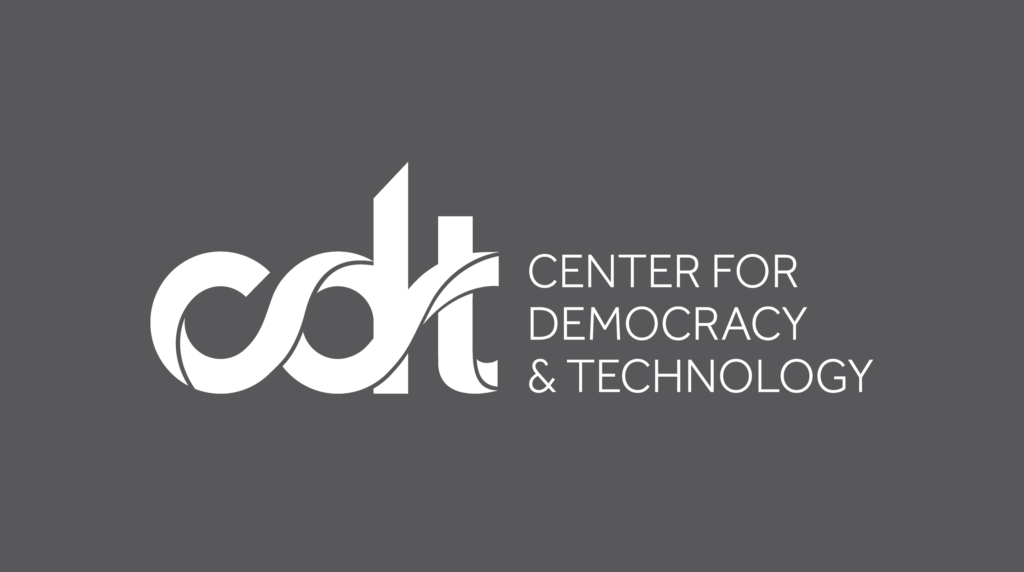Elections & Democracy, Free Expression
To Stop Election-Related Misinformation, Give Election Officials the Resources They Need
The delay in reporting results out of key states set the stage for misinformation about the process to spin out of control. We can make sure this never happens again.
The 82 hours between polls closing on Election Day and major news outlets projecting the presidency for Joe Biden were marked by a flurry of misinformation and conspiracy theories, from dead people voting to pallets full of ballots found at 3 am. One poll worker went into hiding after his personal information was spread online in response to false claims about him processing ballots. Armed protesters gathered outside of counting sites. A Facebook group organized around false claims that the election was being stolen was taken down due to fears that it would stoke violence. Almost a week has passed since outlets projected the race, and the president and his allies continue spreading falsehoods about the process.
Experts have praised this election—which had no major disruptions or irregularities—as the “best administered election” in recent memory. Yesterday, a committee consisting of federal, state, and county government officials released a statement saying, “the November 3rd election was the most secure in American history,” and that “there is no evidence that any voting system deleted or lost votes, changed votes, or was in any way compromised.”
So why has dangerous misinformation spread so widely? There are many factors: networks of QAnon proponents, misleading Facebook groups set up by the president’s allies, and the president’s long-running and ongoing campaign to falsely discredit mail-in voting. But there is one factor that would be relatively straightforward for policy-makers to address: the delayed results out of key states, which enabled misinformation to proliferate.
This was entirely predictable, predicted, and preventable. In some states, like Florida, election officials began processing and verifying absentee ballots weeks before Election Day. But legislatures in key states like Pennsylvania barred election officials from processing ballots before Election Day, despite pleas from county officials and secretaries of state. Accordingly, while it took Florida only four hours to report over 95% of its expected votes, it took Pennsylvania four days. As predicted, in-person voting results gave the president an early apparent lead. Then, in a slow-motion “blue shift,” a steady stream of mail-in ballot results eroded that lead, resulting in accusations of fraud, and death threats targeted at Philly election officials.
Cable news pundits assured viewers that the reason for the delay was due to the focus on accuracy over speed in the vote counting process. Pinterest removed baseless posts about stolen ballots. Twitter labeled posts as possibly “misleading about an election.” Facebook put some groups “on probation,” and appended misleading posts with the note that “ballot counting will continue for days or weeks.” These attempts by media and tech companies to calm the waters are important, but are a bit like putting a band-aid on a bullet wound. The underlying problem is a lack of trust in the electoral process, which can seem slow, erratic, and mysterious. And the delay in reporting results exacerbates public anxiety and creates the opportunity for misinformation to feed that anxiety. A more effective way to fight election-related misinformation would be to run elections efficiently and transparently.
If election officials in Pennsylvania had been given the time they requested from the GOP-controlled legislature, they would have been able to be both accurate and fast, potentially blunting the impact of theories about votes being cast in the middle of the night. If the legislature’s goal was to create an opportunity for the president and others to undermine faith in the electoral process, it has worked: 70 percent of Republicans now don’t believe the 2020 election was free and fair. Secretary of State Mike Pompeo said, “there will be a smooth transition to a second Trump administration”—a blatant disregard for democratic values that would concern the State Department if it were in another country.
It will not be easy to undo the damage caused by the president’s rhetoric—even out of office, he is likely to continue sowing distrust in our institutions. But improving election administration would make his falsehoods even less convincing. Many improvements should be nonpartisan and uncontroversial, and are easy for federal and state lawmakers to implement.
If GOP lawmakers really cared about the public having “full confidence in our election,” as the president put it on Saturday, they would pass legislation to produce that confidence. There is no legitimate reason not to empower county election officials to process and tabulate ballots prior to Election Day. And while we’re at it, there is no reason not to permanently expand eligibility for mail-in voting, which might be responsible for this year’s record-breaking turnout. And election officials must be given the funding they need to replace old machines, and to conduct risk-limiting audits after each election. Such measures have passed the House in recent years, but have, like so much other legislation, stalled in the Senate. Perhaps one day, the fever will break, and we will make the obvious changes necessary to strengthen our democracy and slow the spread of misinformation that poisons it.


